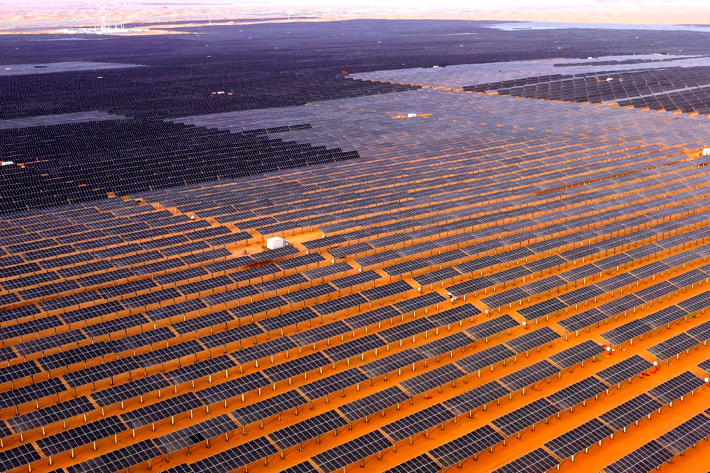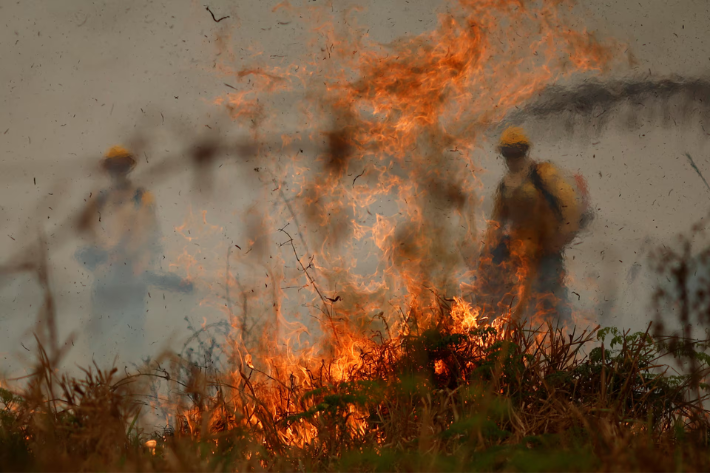Latest News: Carbon

China's insistence that it must continue building coal power plants at record pace is seen as a key reason why Asia is warming nearly twice as fast as the global average

The Chinese government has previously said automakers will have to repay subsidies that they have been found to have claimed improperly

Dozens are missing after the bridge between China and Nepal was washed away by a dramatic flood, while more than 10,000 were evacuated after deluges in southwestern China

Shares of solar panel-makers have soared this week since Beijing said it would end severe discounting that has troubled them for months; polysilicon has also soared.

BYD is the first carmaker to assume full responsibility for an autonomous driving feature in China and the world

A rapid increase in global warming and unprecedented climate change threatens the availability of water to chipmakers' copper suppliers, PwC says

The jump in wind and solar additions comes after a prolonged slowdown that led India to miss its 2022 renewable energy target

The world's biggest EV-maker is grappling with rising inventory even after offering deep price cuts in China's cut-throat auto market

Surge of solar output in May sees China pass the 1,000 GW mark, but its record on coal power remains a dark shadow on its impressive energy transition

An ballot in Japan on July 20 - and conflict in the Middle East - reduce the chance of the two sides reaching a deal by July 9, when the US will end its pause on tariffs, analysts say

China's global exports of antimony are now just a third of the levels seen this time last year

Global firms are seriously underestimating the threats to their operations from increasingly changing climates, experts say















